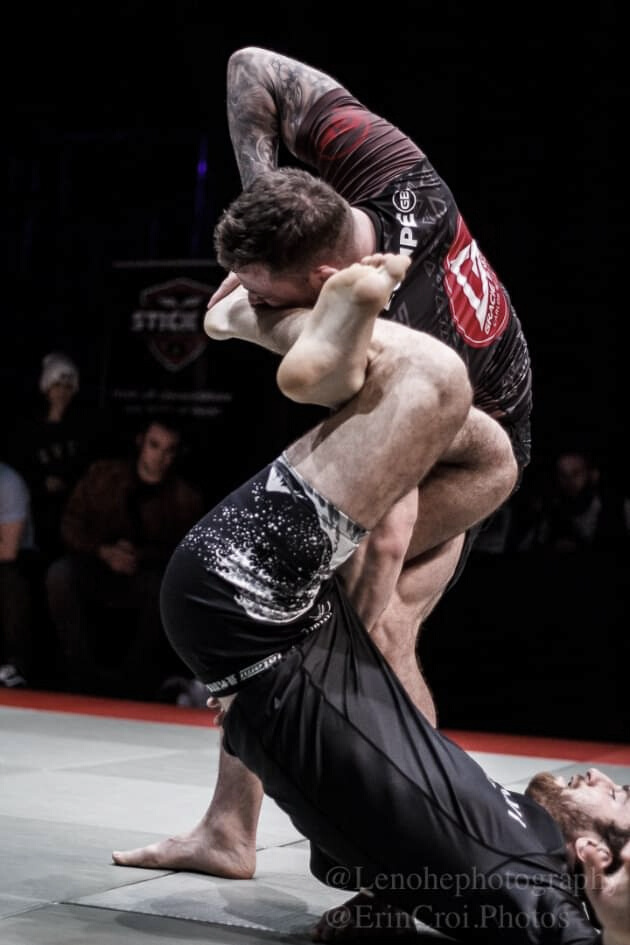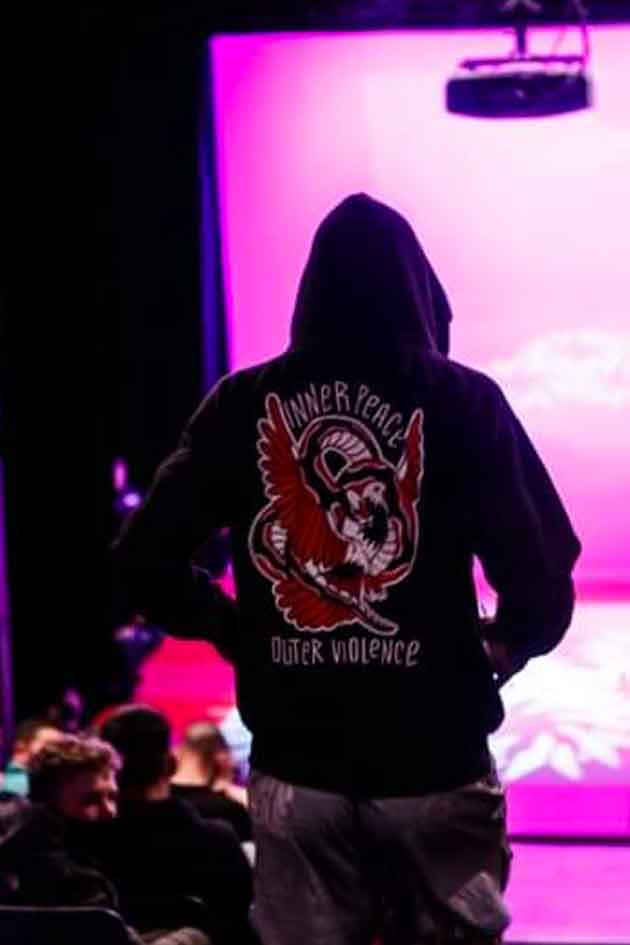Follow us:
Welcome everyone to Grapple Kings 7.Please take time to read our rules andthank you all for participating in this event.
Best of luck to everyone.
– Adrian
Bout Duration:
10 minutes
Method of Victory:
Submission only or JudgesDecision

Bout Duration: 10 minutes
Method of victory: Submission or Judges’Decision
The ruleset is designed to allow the athletes to use the skills they have obtained in their chosen grappling art, to bring excitement to the audience and showcase grappling in the most dynamic and interesting way possible, and to determine a winner in cases where there is no submission victory.
Three judges decide the winner of the bout based on the following guidelines, positive and negative.

Bout Duration: 10 minutes
Method of victory: Submission or Judges’Decision
The ruleset is designed to allow the athletes to use the skills they have obtained in their chosen grappling art, to bring excitement to the audience and showcase grappling in the most dynamic and interesting way possible, and to determine a winner in cases where there is no submission victory.
Three judges decide the winner of the bout based on the following guidelines, positive and negative.

The categories are in descending order of importance with A being the most important and carrying the most weight.
For:
A) Effective Attacks and Aggression
Note on submission attempts:
The definition of a legitimate hold is that the opponent has to apply effort or take a risk in order to escape. If a fighter uses a submission attempt as a positional stalling tactic (e.g. holding on indefinitely to submission that they are not able to finish) then this would not be looked upon favourably. Sweeps
B) Escalating Positional Control
C) Effective counter attacks and dynamic escapes
Against:
D) Stalling and Passivity
E) Poor sportsmanship / fouls
Single competitor stalling:
Referee notices stalling and starts stalling the timer.
30 seconds of stalling = official warning
Next 30 seconds of stalling = 1 point taken away
Next 30 seconds of stalling = other competitor can choose dominantposition (BACK, SIDE CONTROL, MOUNT)
If both competitors are stalling:
Referee notices stalling and starts stalling the timer.
30 seconds of stalling = official warning
Next 30 seconds of stalling =
– If the stalling is taking place on the ground, both competitors will be forced to stand
– If the stalling is taking place standing, both competitors will be forced to start in the combat base position half a metre apart.
The judge is encouraged to always look upon the aggressor /attacker more favourably than the defensive fighter.
The judges are to base their opinion on the bout in three-minute stanza, with consistent effort across all criteria required to swing the score in the direction of one of the fighters.
Each three minutes (or one third of the match), the judge must decide which fighter is winning according to the criteria and note it on the score card with a mark on the side of the winner of that stanza.
Stalling and passivity are strongly discouraged and the judges should score appropriately, penalising any kind of stalling tactic that slows down the action.
If there is no submission the bout will be decided by judges decision. The bout will either be a “Unanimous Decision” if all three judges give the same fighter as the winner, or a “Majority Decision”if not all judges agree on the winner.
If both competitors are warned for stalling but then only one competitor continues to stall, then conditions revert to ‘single competitor stalling’guidelines
In a “one up one down” situation eg one competitor in seated guard, one competitor trying to pass, the competitor who is moving backwards will be considered the one who is stalling.
All stalling calls are reset once the athlete or athletes stop stalling.
Illegal Methods / Movements
Eye gouging or fish hooking
Grabbing fingers, ears, hair, toes, or another extremity
No posting on faces / one-handed windpipe grip
Slamming from above the knee height of the person doing the lifting to escape a submission or position(high amplitude throws / takedowns will not be penalised)
Legal Techniques
Chokes (except using fingers to crush windpipe)
Joint locks involving shoulder, elbow, wrist, knee, ankle. Neck cranks are legal in no-gi bouts.
Illegal in gi bouts
Spine / neck locks, heel hooks
General Rules
Winner is signified via Tapout (at least two rapid taps on the opponent or mat), verbal submission (voluntary or involuntary), or being unable to continue the bout due to injury.
In no-gi bouts the athletes must not grip any clothing
The referee will be on stage to officiate the bout, ensure rules are followed and advise fighters when they get too near the edge of the mat, in which case they will be paused and returned to the centre of the mat in the same position. If no agreement on positioning can be made the athletes will be stood up at the centre of the ring
Overall a high standard of sportsmanship is required before, during and after the fights.
© 2024 Grapple Kings. All Rights Reserved. Developed by Rokir